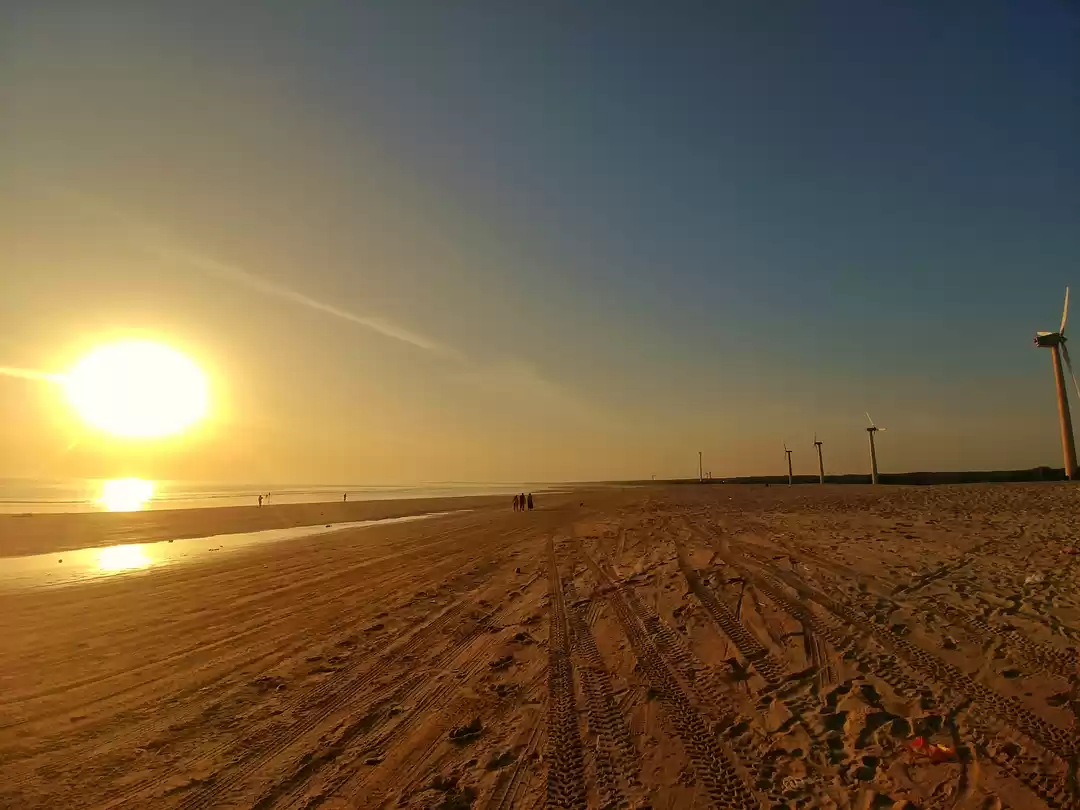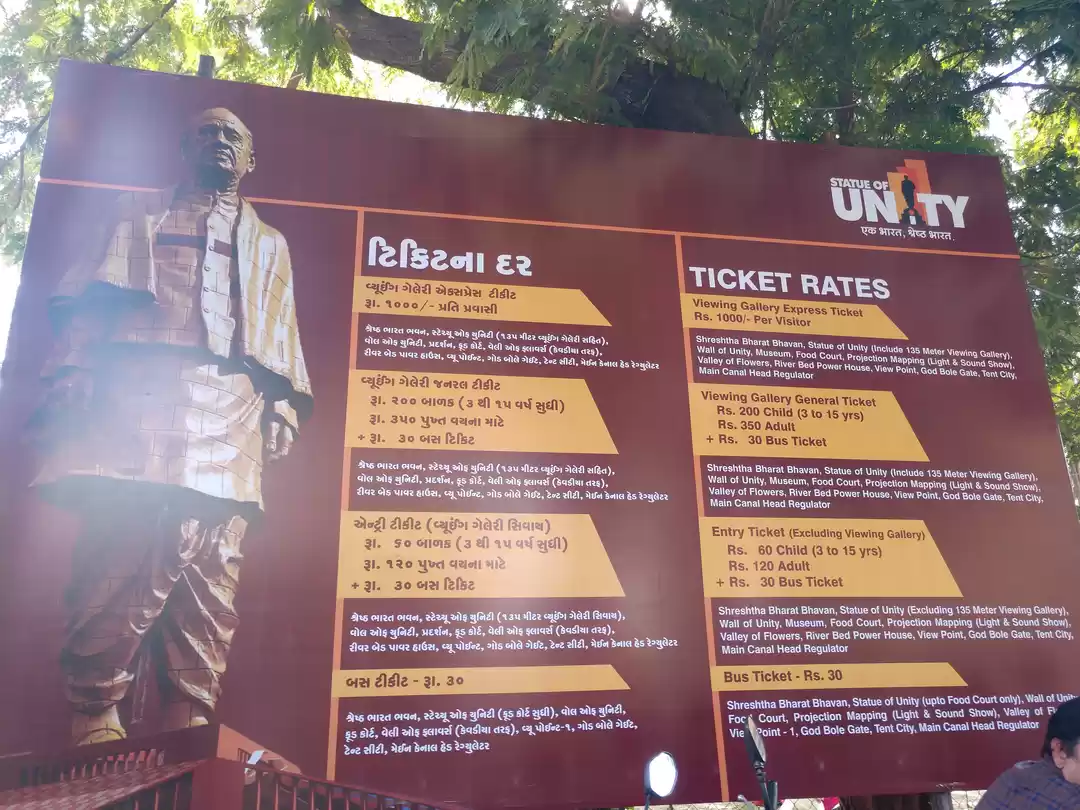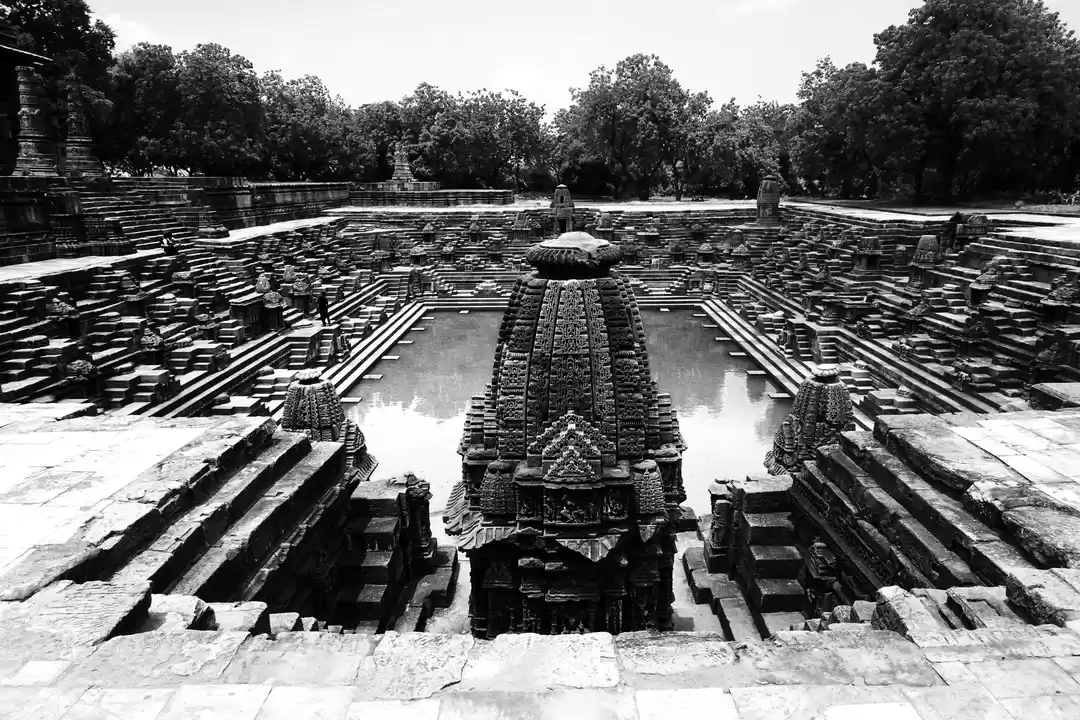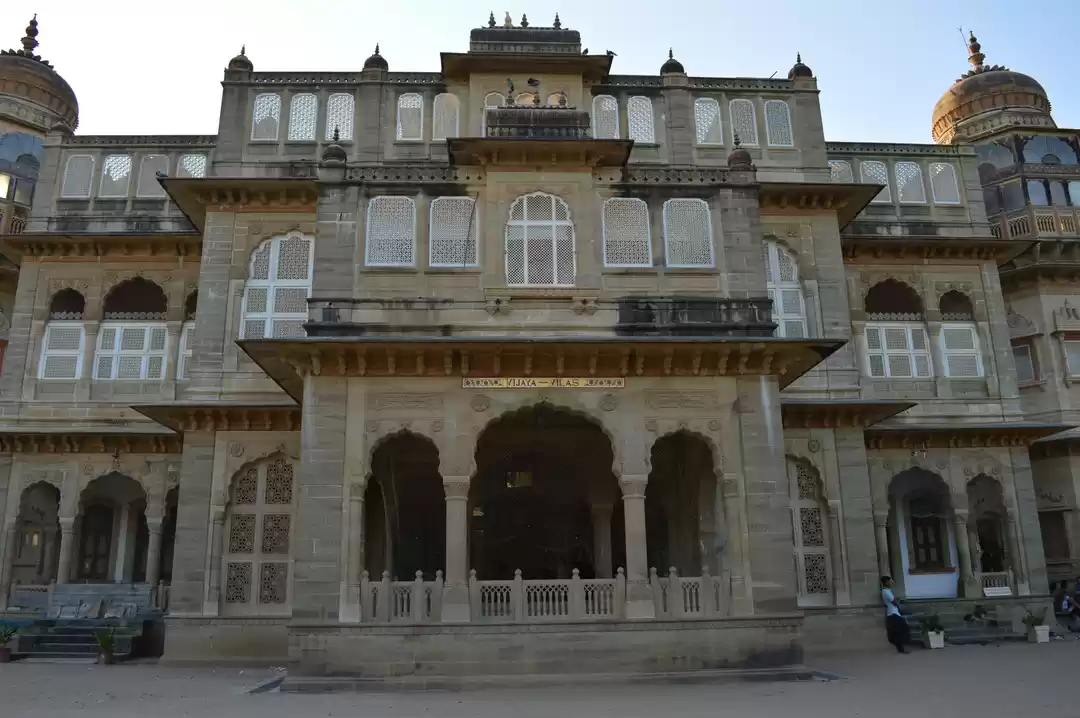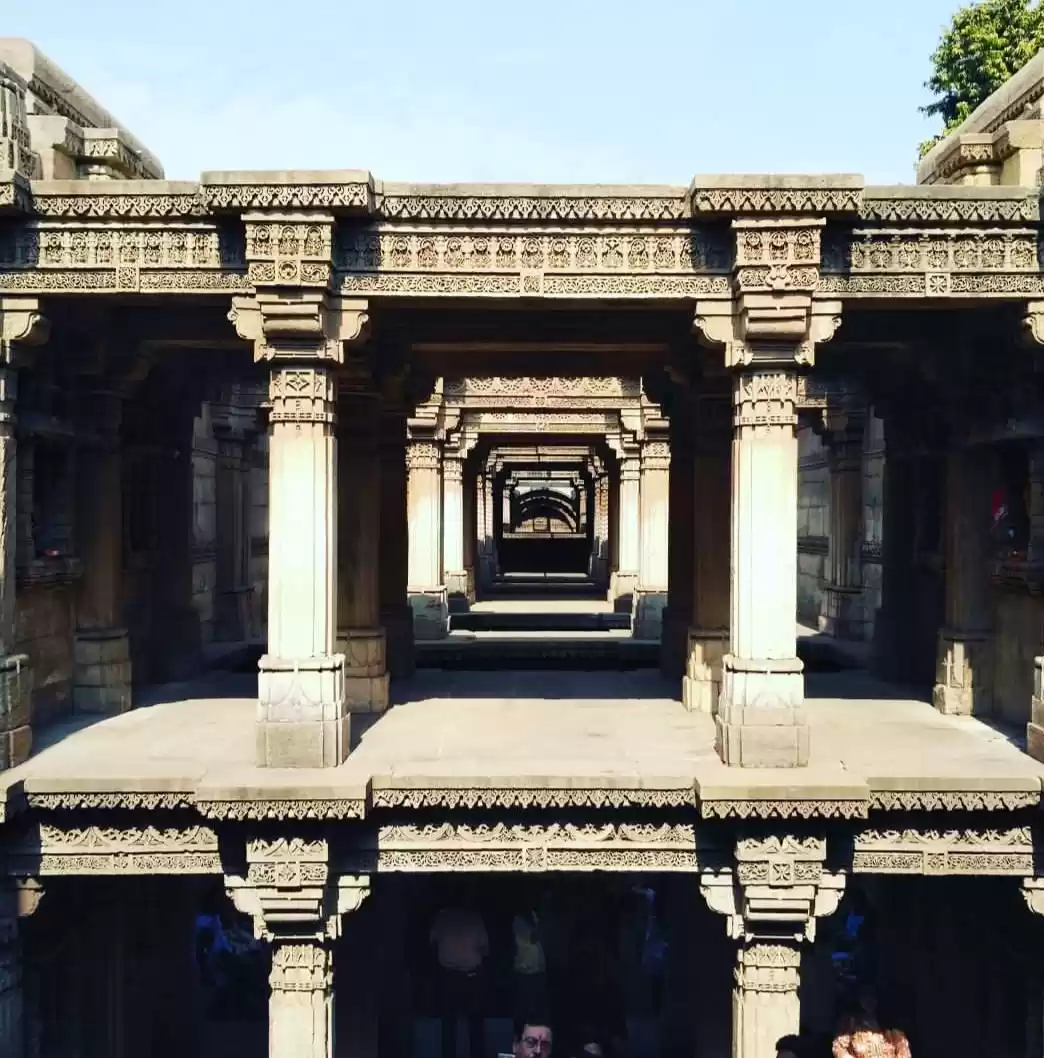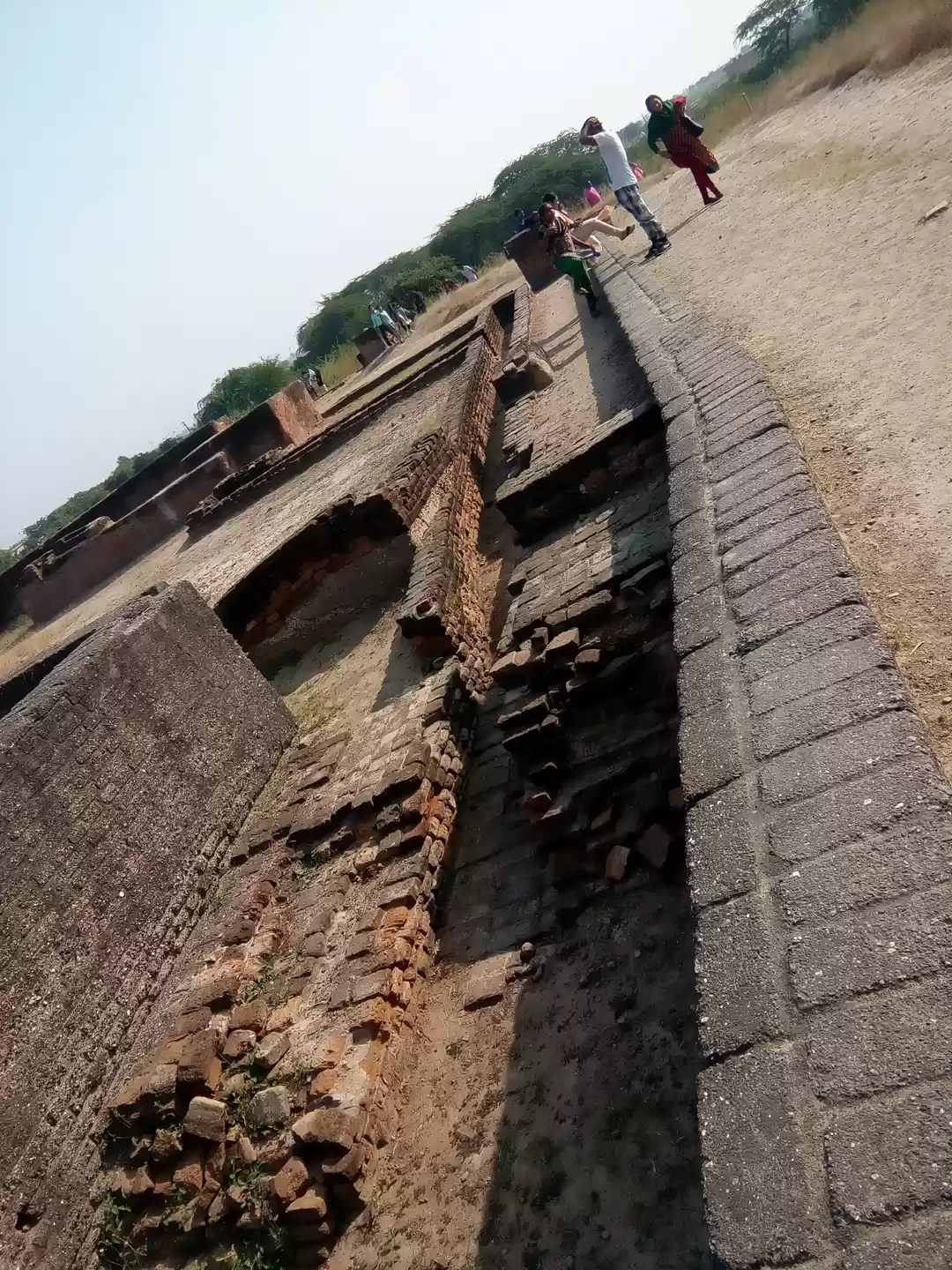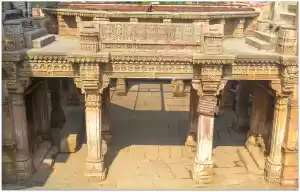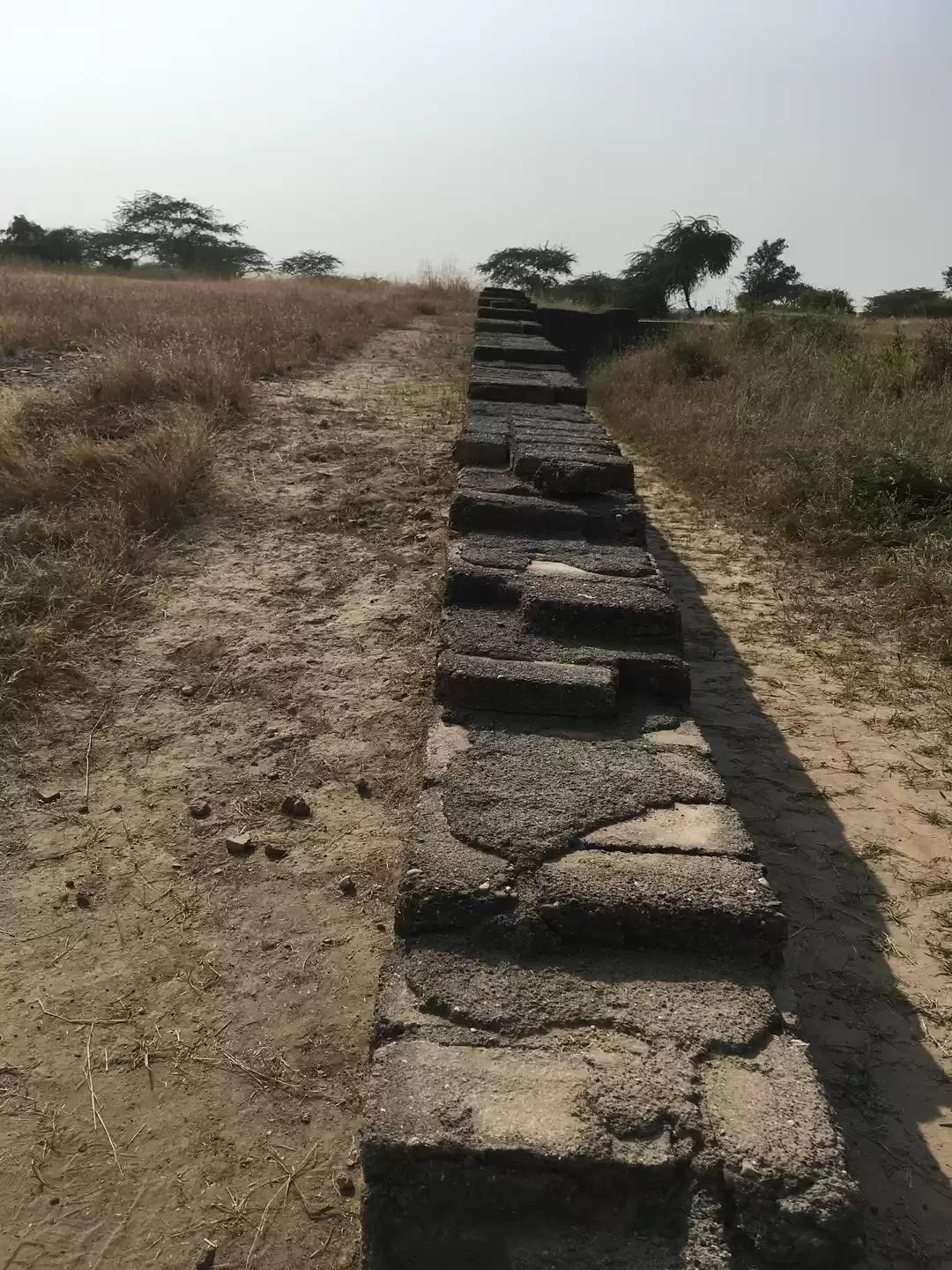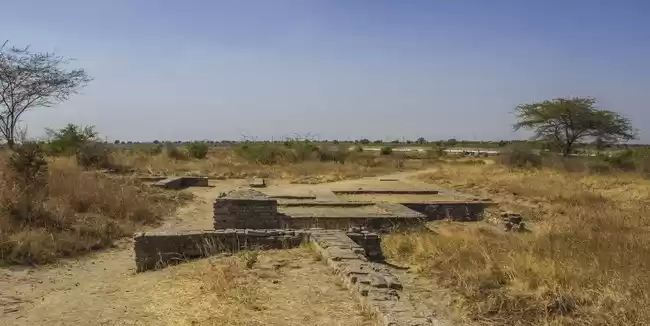Lothal, which means “the mound of the dead” in Gujarati, is located in the state of Gujarat, about 85 km from Ahmedabad. It was discovered and excavated by archaeologists in the 1950s, and since then, it has revealed many secrets and mysteries about the Indus Valley civilization, also known as the Harappan civilization.
Lothal was a major trading and industrial center of the Indus Valley civilization, which flourished from around 2500 BCE to 1900 BCE. It was connected to the Arabian Sea by a canal, and had a dockyard that is considered to be the world’s oldest seaport. Lothal also had a sophisticated urban planning and design, with a grid layout, a drainage system, houses, warehouses, wells, and fire altars. Lothal also had a rich culture and religion, with a writing system, seals, art, beads, terracotta figurines, and evidence of worship.
In this article, we will take you on a journey to Lothal, where you can explore its history, architecture, engineering, culture, and religion.
History of Lothal

Lothal was founded around 2400 BCE as a small settlement near the Sabarmati river. It soon became a prosperous city due to its strategic location and access to natural resources. Lothal was part of a vast network of trade and commerce that spanned across India, Mesopotamia, Egypt, Persia, and other regions. Lothal exported goods such as cotton, ivory, beads, pottery, metals, etc. and imported items such as copper, tin, lapis lazuli, turquoise, etc.
Lothal reached its peak of glory around 2200 BCE to 1900 BCE, when it became one of the most important cities of the Indus Valley civilization. It was during this period that Lothal built its famous dockyard and became a maritime power. Lothal also developed its own distinctive style of pottery, art, and seals. Lothal also had a high level of social organization and administration, with a ruler or a priest who lived in an acropolis overlooking the city.
Lothal declined around 1900 BCE due to various reasons such as natural disasters, climate change, invasion by foreign tribes, or internal conflicts. Lothal was abandoned by its inhabitants around 1800 BCE and gradually covered by silt and sand. Lothal remained forgotten for centuries until it was rediscovered by archaeologists in 1954.
Lothal is one of the few sites of the Indus Valley civilization that has been extensively excavated and preserved. It is also one of the few sites that has an onsite museum that displays a rich collection of artefacts and relics from the site. Lothal is a testimony to the greatness and achievements of the Indus Valley civilization that shaped the history and culture of India and the world.
Architecture and Engineering of Lothal
One of the most impressive features of Lothal is its architecture and engineering. Lothal demonstrates the advanced skills and knowledge of the Indus Valley people in urban planning, design, construction, hydraulics, astronomy, mathematics, and metallurgy.
Lothal had a well-planned layout based on a grid pattern. The city was divided into two sections: an upper town or an acropolis where the ruler or priest lived; and a lower town where the common people lived. The houses were made of mud bricks or baked bricks and had rooms, courtyards, and bathrooms. The houses were connected by streets and alleys that had an efficient drainage system to dispose of wastewater.
The most remarkable structure at Lothal is the dockyard, which is considered to be the world’s oldest seaport. The dockyard was a large basin measuring about 216 m by 37 m, surrounded by a brick wall. The dockyard was connected to the Sabarmati river by a canal, which allowed the ships to enter and exit the basin. The dockyard was used for loading and unloading goods, repairing ships, and storing water. The dockyard also had a lock-gate system to control the water level and prevent flooding.
Another notable structure at Lothal is the warehouse, which was located near the dockyard. The warehouse was a large building with 64 rooms arranged in four rows. The warehouse was used for storing goods that were imported or exported by Lothal. The warehouse also had a platform for weighing goods and a fire altar for performing rituals.
Culture and Religion of Lothal
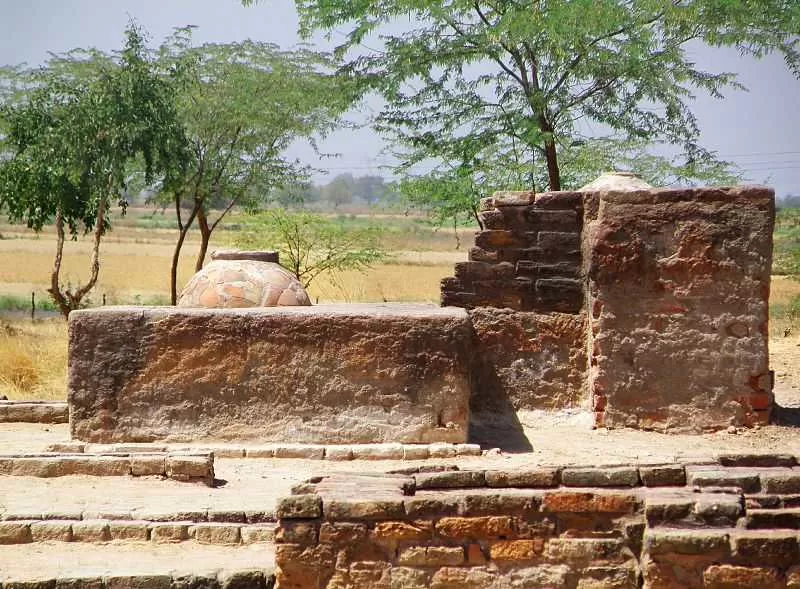
Another fascinating aspect of Lothal is its culture and religion. Lothal reveals various facets of the life, society, art, trade, writing, and beliefs of the Indus Valley people.
Lothal was a cosmopolitan city that had people from different regions, backgrounds, and occupations. Lothal had merchants, artisans, farmers, fishermen, sailors, priests, rulers, etc. Lothal also had social classes based on wealth and status. Lothal had a peaceful and harmonious society that followed laws and norms.
Lothal was a center of trade and commerce that had contacts with other cities and countries. Lothal traded goods such as cotton, ivory, beads, pottery, metals, etc. and imported items such as copper, tin, lapis lazuli, turquoise, etc. Lothal also used a standardized system of weights and measures for trade and commerce.
Lothal was a hub of art and craft that produced beautiful and unique objects. Lothal made pottery of various shapes, sizes, colors, and designs. Lothal also made beads of various materials, such as steatite, carnelian, agate, amethyst, etc. Lothal also made seals of various shapes, sizes, and motifs. The seals were used for identification, trade, and administration.
Lothal was a site of writing and communication that used a script that is still undeciphered. Lothal wrote on various materials such as clay tablets, copper plates, pottery shards, etc. Lothal also wrote on various topics such as trade records, administrative orders, religious texts, etc.
Lothal was a place of worship and faith that had evidence of various beliefs and practices. Lothal had fire altars that were used for performing rituals and sacrifices. Lothal also had terracotta figurines that represented animals, humans, and deities. Lothal also had evidence of worshiping natural elements such as water, fire, and trees.
Lothal shows how the Indus Valley people had a rich and diverse culture and religion that reflected their values and worldview. Lothal also shows how the Indus Valley people had a complex and sophisticated civilization that influenced later cultures and religions.
Travel Guide to Lothal
If you are interested in visiting Lothal and experiencing its beauty and heritage for yourself, here are some useful tips on how to plan your trip:
How to reach: Lothal is about 85 km from Ahmedabad, which is well-connected by air, rail, and road to other parts of India. You can take a train or bus from Ahmedabad to Bhurkhi railway station or Saragwala bus stop, which are about 7 km from Lothal. You can then take an auto-rickshaw or taxi from there to reach Lothal.
When to visit: The best time to visit Lothal is from October to March, when the weather is pleasant and cool. The summer months from April to June are very hot and dry, and the monsoon months from July to September are humid and wet. Lothal is open from 10 am to 5 pm, except on Fridays and public holidays.
Where to stay: There are no hotels or guest houses near Lothal, so you will have to stay in Ahmedabad or other nearby towns. You can find a variety of accommodation options in Ahmedabad, ranging from budget to luxury.
Lothal is a destination that will take you back in time and make you marvel at the wonders of the Indus Valley civilization. Lothal is a destination that will enrich your knowledge and broaden your perspective. Lothal is a destination that will inspire you and awaken your curiosity.
So what are you waiting for? Book your trip and experience the magic of this ancient city for yourself!
Also read: Dholavira And Lothal: A Trip Back To India's 5000-Year-Old Past























